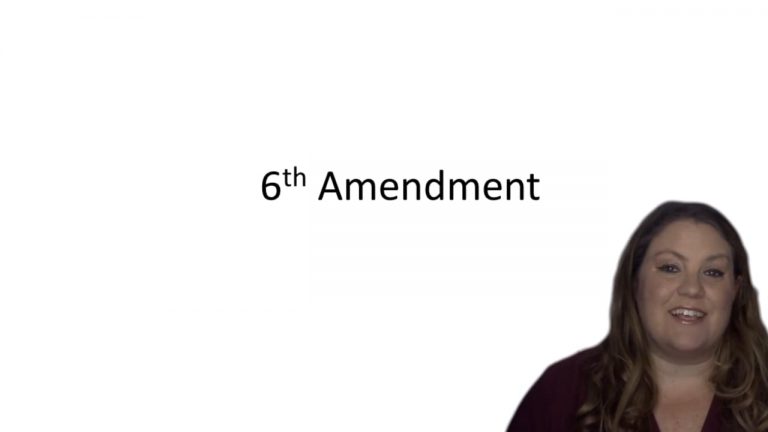SmartBrief
Confirm favorite deletion?
Criminal Procedure keyed to Kamisar
Harrington v. Richter
Citation:
562 U.S. 86, 131 S.Ct. 770, 178 L.Ed.2d 624 (2011)Facts
Richter went to trial for murder, attempted murder, burglary, and robbery. The jury found Richter guilty on all charges, and he was sentenced to life without parole. Richter later petitioned the California Supreme Court for a writ of habeas corpus. He argued he received ineffective assistance of counsel because his lawyer failed to present expert testimony on serology, pathology, and blood spatter, which would have bolstered his account of the night in question. The California Supreme Court denied Richter’s petition. Richter then filed a petition for habeas corpus in the United States District Court, which also denied his petition. The Court of Appeals for the Ninth Circuit held Richter’s trial counsel was deficient for failing to consult experts on blood evidence in developing a trial strategy and in preparing to rebut expert evidence the prosecution might offer.
Only StudyBuddy Pro offers the complete Case Brief Anatomy*
Access the most important case brief elements for optimal case understanding.
*Case Brief Anatomy includes: Brief Prologue, Complete Case Brief, Brief Epilogue
- The Brief Prologue provides necessary case brief introductory information and includes:
Topic:
Identifies the topic of law and where this case fits within your course outline.Parties:
Identifies the cast of characters involved in the case.Procedural Posture & History:
Shares the case history with how lower courts have ruled on the matter.Case Key Terms, Acts, Doctrines, etc.:
A case specific Legal Term Dictionary.Case Doctrines, Acts, Statutes, Amendments and Treatises:
Identifies and Defines Legal Authority used in this case.
- The Case Brief is the complete case summarized and authored in the traditional Law School I.R.A.C. format. The Pro case brief includes:
Brief Facts:
A Synopsis of the Facts of the case.Rule of Law:
Identifies the Legal Principle the Court used in deciding the case.Facts:
What are the factual circumstances that gave rise to the civil or criminal case? What is the relationship of the Parties that are involved in the case.Issue(s):
Lists the Questions of Law that are raised by the Facts of the case.Holding:
Shares the Court's answer to the legal questions raised in the issue.Concurring / Dissenting Opinions:
Includes valuable concurring or dissenting opinions and their key points.Reasoning and Analysis:
Identifies the chain of argument(s) which led the judges to rule as they did.
- The Brief Prologue closes the case brief with important forward-looking discussion and includes:
Policy:
Identifies the Policy if any that has been established by the case.Court Direction:
Shares where the Court went from here for this case.
Topic Resources
Topic Outline
Topic Refresher Course
Topic Charts & Notes

 4m 2s
4m 2s